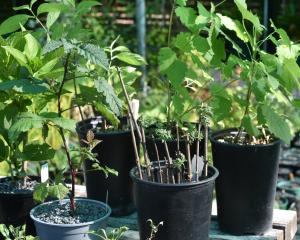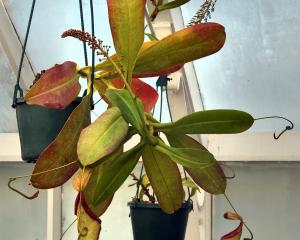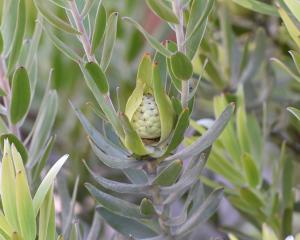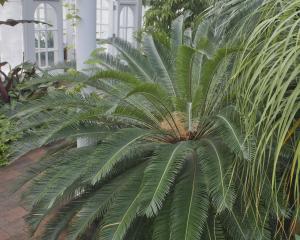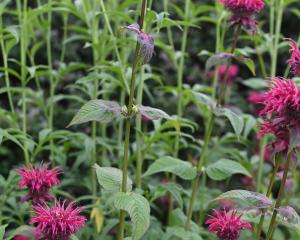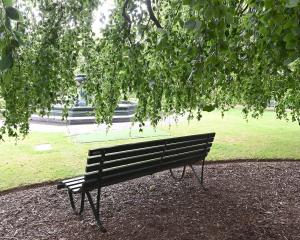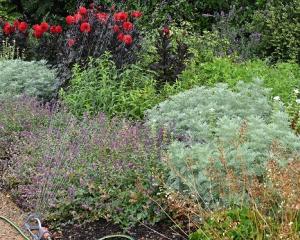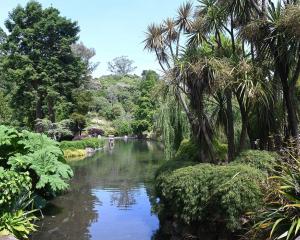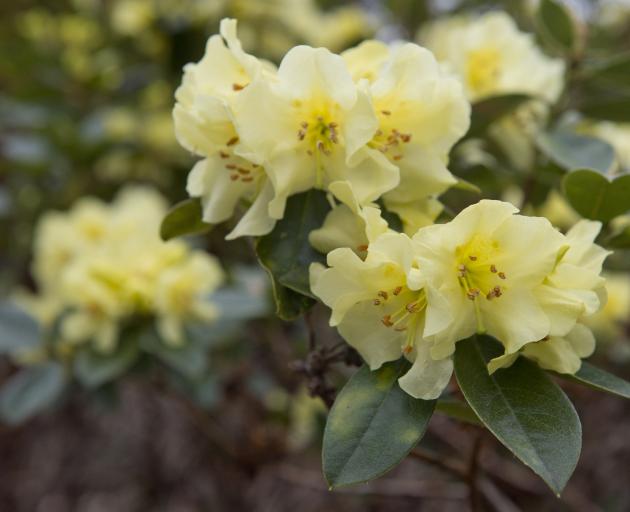
Originally raised in Bodnant, Wales and given the Award of Merit in 1947, Rhododendron ‘Chrysomanicum’ is too tender for the UK climate, so was bred there as a conservatory plant. Here in New Zealand, though, our milder climate allows us to grow it outside in all but the coldest areas.
It has rich, brilliant yellow flowers on a plant that is often described as low-growing but can reach up to 2m in height.
The name is an amalgamation of its two parents’ names, Rhododendron chrysodoron and Rhododendron burmanicum, both also with yellow flowers. R. chrysodoron comes from Yunnan in West China and Myanmar where it grows as an epiphyte on rocks at altitudes of 2000m-2600m while R. burmanicum is restricted to central Myanmar on forest fringes at 2700m-3000m.
True species forms of R. burmanicum are very rare in cultivation and it is thought that those in our gardens are actually natural hybrids with another Myanmar species, R. valentinianum. The true form has larger leaves and flowers, the latter also being paler than on the generally cultivated form and overall is more straggly in habit.
The parentage of R. ‘Chrysomanicum’ therefore, most likely includes the R. valentinianum hybrid, helping ensure the rich yellow blooms bringing cheer to the Rhododendron Dell entrance.
- Garden Life is produced by Dunedin Botanic Garden. For further information contact Doug Thomson.





